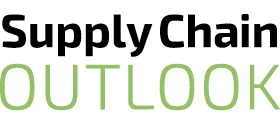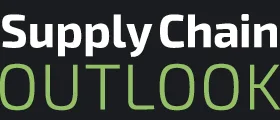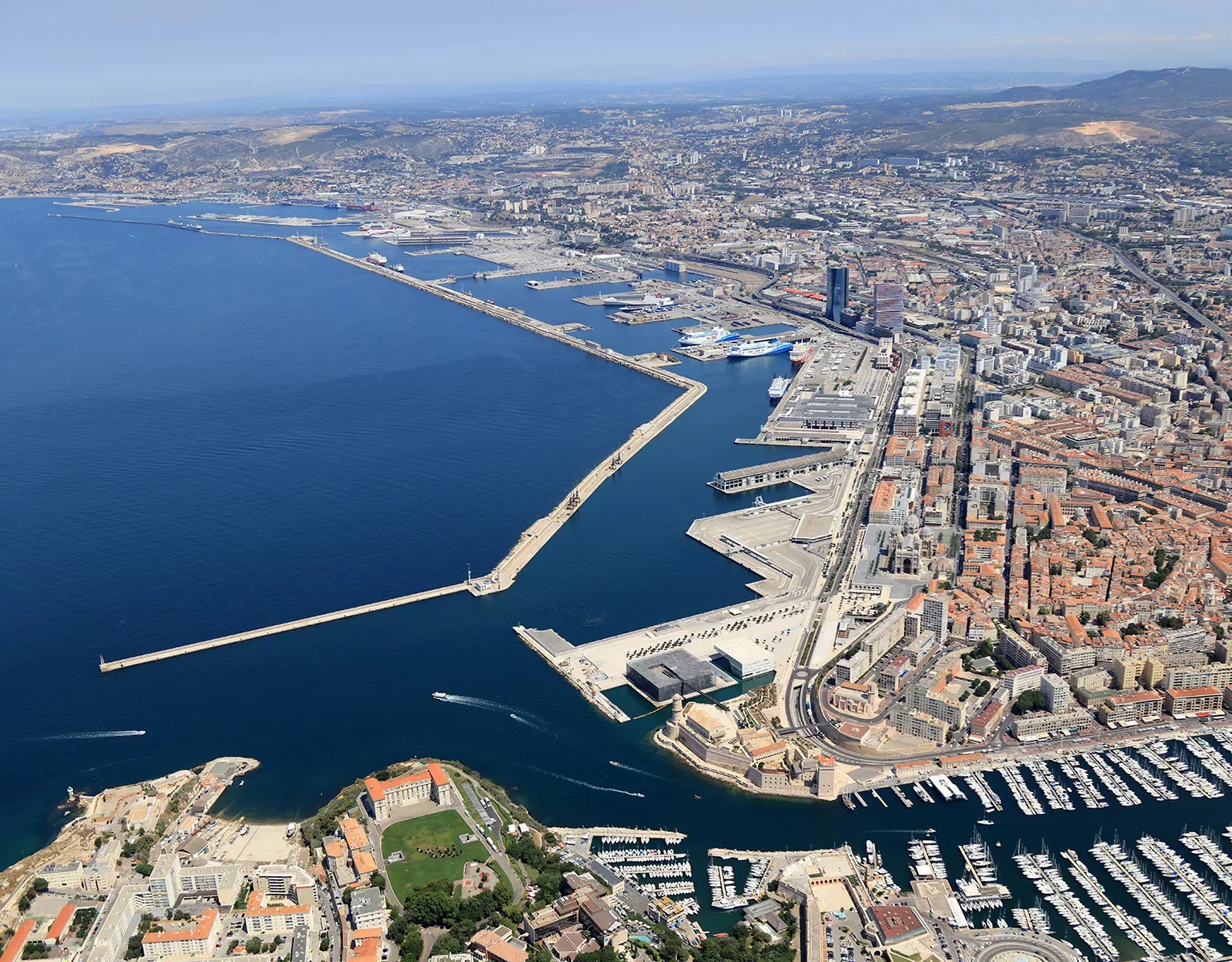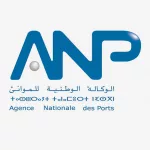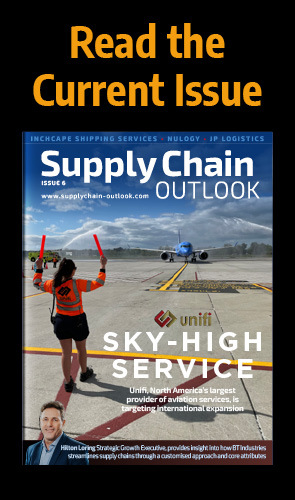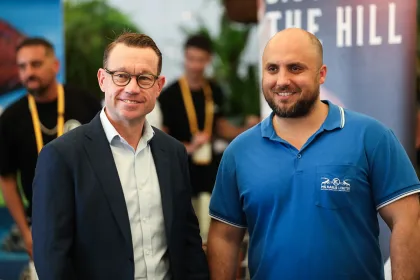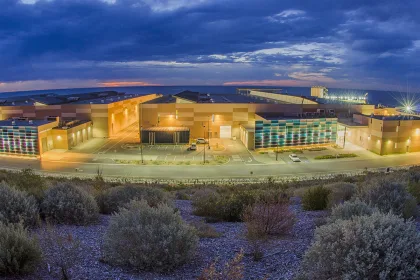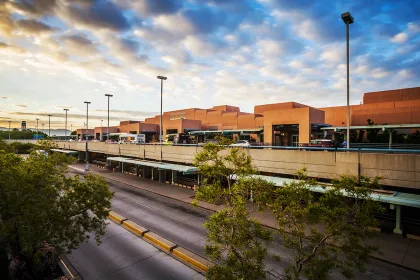As a powerful force in world history, Mediterranean maritime trade has deeply impacted global traffic for millennia. We follow the ebb and flow of today’s industry with MEDports Association.
- MEDITERRANEAN PORTS AND LOGISTICS SPOTLIGHT
- Q&A WITH MEDPORTS ASSOCIATION
- Can you tell us about the origins of the association, its inception, and initial vision?
- How has the association developed and progressed since, and what has it achieved?
- Which successes are you most proud of?
- What are the greatest challenges facing the industry?
- Could you tell us about the owners, operators, and service providers within your membership?
- What role does the association play in the growth of the region’s port and logistics sector?
- Have you noticed any changes in the industry, particularly since the COVID-19 pandemic?
- Which key aspects of the industry and its subsectors across the Mediterranean would you like to highlight?
- How do you see the industry developing over the next five years?
- Are there any plans or projects in the pipeline for the association?
- MEDPORTS ASSOCIATION PARTNERS
MEDITERRANEAN PORTS AND LOGISTICS SPOTLIGHT
The Mediterranean Sea translates from Latin as centre of the Earth, which is no coincidence as the waterway unites three quarters of the globe and has been an integral part of world history.
Logistically, this places Mediterranean ports in a prime position, and having served some of the past’s most powerful traders, the sea continues to be one of the busiest networks on the planet.
Presently known as the sea between the lands, and bordering 22 different countries, the Mediterranean Sea is landlocked and therefore has fewer tides. Although it is technically a “closed” sea, the Strait of Gibraltar grants traders access to the Atlantic Ocean, with an estimated 20 percent of the world’s traffic passing through annually.
The Mediterranean seaports are an important component of the global shipping network, connecting the Middle East with Asia, North Europe, Africa and the Americas, as evidenced by trading activity throughout history.
From the ancient Phoenician civilisation, which occupied the coast of the Levant and established one of the most notable maritime routes in history, to the Roman Empire and onward to the modern age, the Mediterranean has enjoyed thousands of years of sea trading.
Indeed, the Mediterranean Sea facilitated one of the most important globalisation movements in the world. The three main commodities traded were foods (olives, wine, wheat), textiles (clothes, carpets), and raw materials (copper, iron, glass), expanding the economic system of the Mediterranean area.
Unlike the square-sailed ships with oars that were the most common historic mode of transportation, modern cargo vessels are reliant on fossil fuels. Consequently, the industry is looking to take advantage of new technologies that will help reduce carbon emissions.
In the next few years, the plan for hybrid and electric ships, advanced propulsion systems, and more efficient hull designs, will minimise the one billion tonnes of CO2 produced by the shipping industry every year.
Although container shipping is the most carbon efficient form of transporting goods, as it is less damaging than road and air, environmental concerns are not the only challenge the sector is facing.
Seaborne trade has sailed through choppy waters recently with the COVID-19 pandemic affecting the global supply chain. Home to 87 ports, the Mediterranean Sea has a crucial role in the transportation industry and has managed to remain viable for the global market.
Today, the Mediterranean is at the heart of commerce as its vast network provides a corridor for many different types of cargo and the distribution of freight, but as with other industries, advancing technology will continue to impact shipping and ports.
Optimising operations, tracking fuel consumption, minimising errors, and improving safety are some of the ways digitisation is changing the future of an industry which has been steadily progressing since the 3rd century BCE.
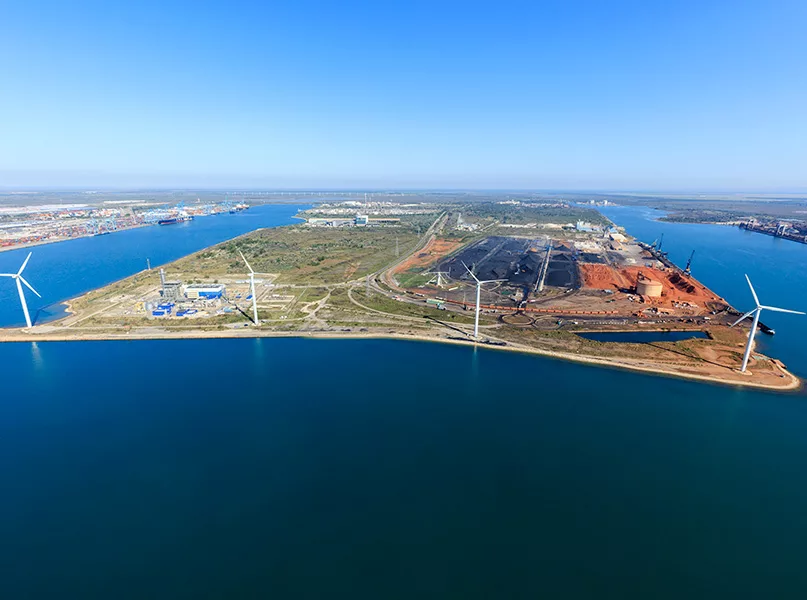
Q&A WITH MEDPORTS ASSOCIATION
MEDports Association is improving trading infrastructure by connecting the Mediterranean’s 25 port authorities. Its President, Pino Musolino, tells us how the industry is navigating the turn of the tide.
Can you tell us about the origins of the association, its inception, and initial vision?
Pino Musolino, President (PM): MEDports Association was created by the intuition and will of the President of the Grand Port of Marseille at the time, Madame Cabau, who thought in 2017 that it was about time to give a voice and a forum to the ports of the Mediterranean.
I was President of the Ports of Venice and joined this endeavour at the beginning. In fact, on the day when the association was formally moving into its first steps at the House of the Chamber of Commerce in Marseille, I had the privilege of being the first signing party of the chart in 2018 and became Vice President of the association at its inception.
How has the association developed and progressed since, and what has it achieved?
PM: Although we had to live through the COVID-19 pandemic and a year of war and instability in our first five years, it is incredible to see what has been achieved so far. We have more than 24 members, additional associated members, and the engagement of international institutions such as the Union of the Mediterranean, the EU, and the Arab League, for example, who are all a key part of the association. Moreover, there are the continuous efforts of several permanent committees – spanning different topics that have been instrumental to the association’s progression.
I would like to point out the extremely important educational value created, allowing managers and experts from all association members to exchange knowledge, best practices, and establish a strong, fruitful bond.
Which successes are you most proud of?
PM: The most significant success so far is the creation of a forum for Mediterranean ports that goes beyond political aggregations or regional institutions. In fact, we comprise ports from Europe, North Africa, and the Middle East.
We also aim to expand our presence within the next few years.
This string-free forum provides us with a dynamic and proactive space where we can discuss, analyse, assess and propose solutions to problems and issues that are common to all members, notwithstanding their geographical location.
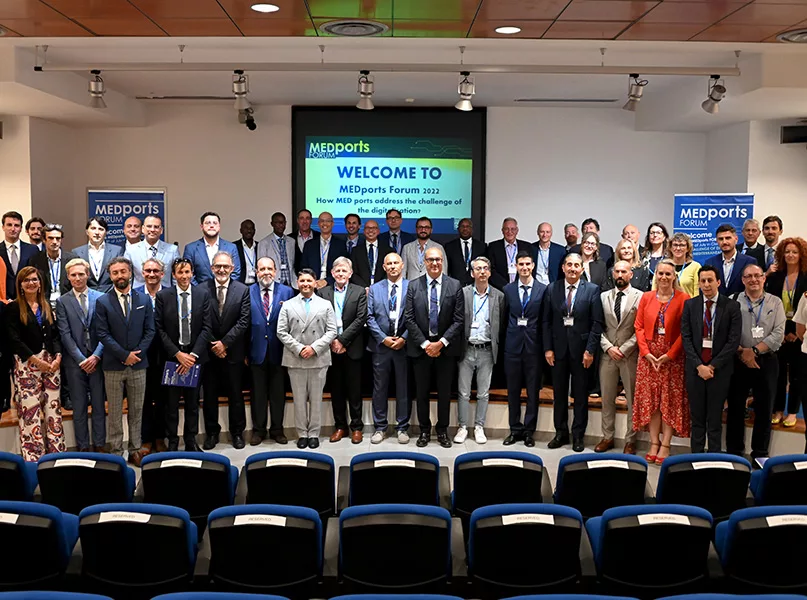
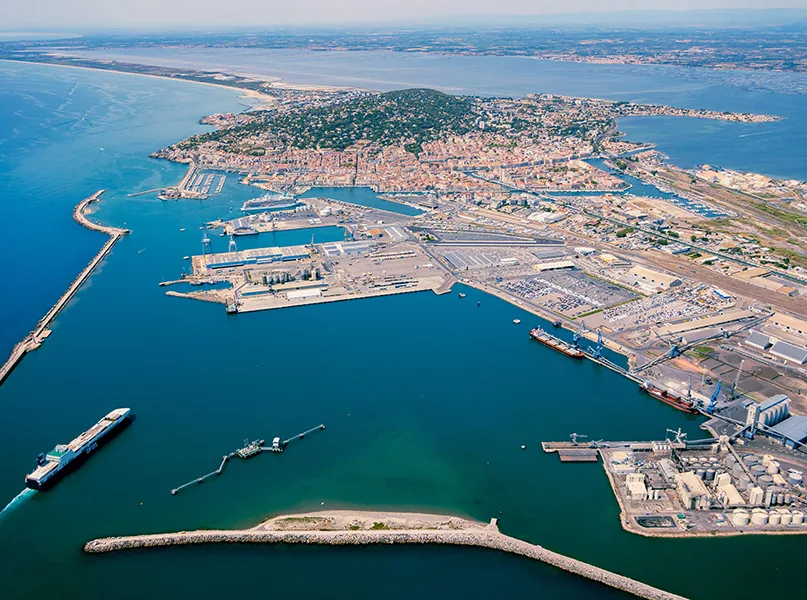
What are the greatest challenges facing the industry?
PM: Ports are facing several challenges, from purely economic to more complex issues related to climate change, the energy transition, and the two revolutions – sustainability and digital.
All ports are aware that we are at the forefront of a major shift in business models and geopolitical changes, and ports can play a significant role in helping territories and countries get ahead with the aforementioned challenges.
In order to do so, working together, sharing experiences, assessing eventual steps back and moving together in a shared direction is fundamental. The association is the ideal place where this intellectual exchange can happen and provide significant results.
Could you tell us about the owners, operators, and service providers within your membership?
PM: Owners, operators, and service providers are the major ‘customers’ of ports, and the main stakeholders of a port’s governing bodies. Although the goal of developing trades and exchanges is the same, the way to achieve these goals can be seen differently by economic players and governing bodies.
The role of the latter is to find a way to guarantee solid economic returns, wise master planning and the development of infrastructures, while at the same time maintaining a healthy and productive relationship with cities and regional governments. Finally, granting the best use of the port areas without compromising the quality of life of the citizens living nearby or around ports is extremely important.
The so-called port-city relationship is essential to grant the success of any port development in the future. In this particular historical moment, being a port President or Director implies the capacity to deal with the interests
and aims of several different stakeholders, both public and private, and being able to define a positive and productive summary of all the instances involved.
What role does the association play in the growth of the region’s port and logistics sector?
PM: It does not directly enter into the prerogatives and duties of any single member. On the other hand, as a forum of discussion, the association helps to foster long-term relationships, common and shared planning and develop new forms of cooperation among its members. This sustains and allows growth and development.
Moreover, by assuring an even and consistent representation of the instances and needs of the regions of our members, we aim to place the spotlight back on the needs and dreams of Mediterranean coastal regions, which haven’t been central to the discussion in the recent past.
Have you noticed any changes in the industry, particularly since the COVID-19 pandemic?
PM: It has disrupted our everyday lives and routines as individuals, and clearly COVID-19 has brought several changes in the industry. Some of the most notable examples include the incredible acceleration in the introduction of more innovations, the ‘greenisation’ of ports, and the introduction of more automatised processes.
At the same time, the disruption of global value chains caused by the COVID-19 pandemic – and to a different extent, the war in Ukraine – has brought everybody ‘back to Earth’ in regard to overstretched, and often unfeasible, supply chains. This in turn has brought some significant phenomena, such as re-shoring (the reintroduction on a national basis of parts or all of the production of certain goods), near-shoring (the shortening of supply chains to nearer regions) or friend-shoring (the location of productions or supply chain management in countries or areas where geopolitical instability can be less felt).
All of the above have an impact on our industry, the effects of which cannot be easily assessed at the moment, and neither can the long-term consequences. It must be said that now, more than in the last 40 years, port managers have to be resilient, and quick to adapt and embrace significant changes in the way we work and conceive our roles as developers and managers of areas.
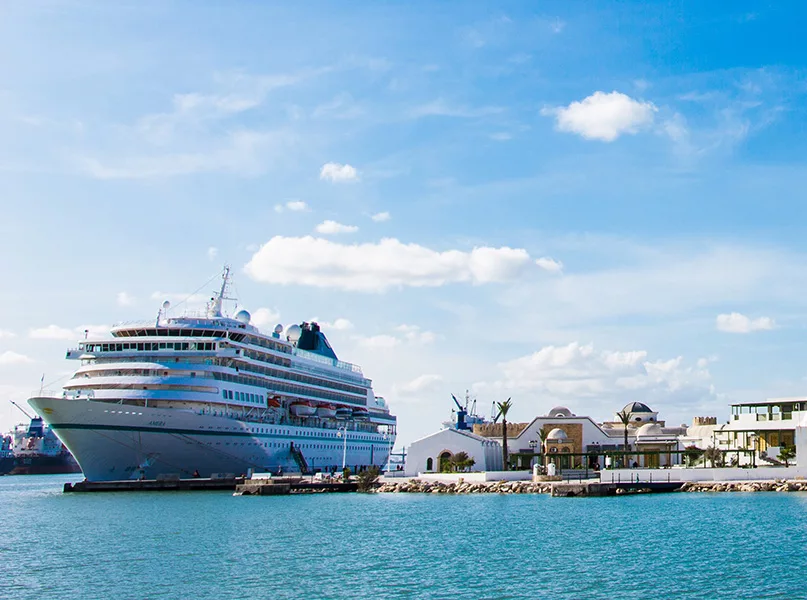
Which key aspects of the industry and its subsectors across the Mediterranean would you like to highlight?
PM: To quote Mr Tim Marshall, “geography matters”. Being the sea that connects Europe, Africa, the Black Sea region, and represents the trait-d’union with the Far East implies that the association is central to any process that supports the sustainable growth of several different regions of the planet.
After more than 500 years of dominating oceanic routes, this status is not yet well perceived by Mediterraneans themselves. We need to acquire an awareness of this new status, in order to accompany and sustain all the efforts that are put in place by entrepreneurs, national governments and international bodies. We need to narrow the scope of what we are doing selectively while broadening our vision and temporal perspective. We need to be surgical in the short-term solutions while long-term in the achievable goals.
How do you see the industry developing over the next five years?
PM: The technological innovations that will be brought to the industry in the next five to 10 years will change it more than those we have seen in the last 100 years. Artificial intelligence (AI), 5G, and 6G, augmented reality, the metaverse, hyperloop technology, alternative fuels, green energy production and development, and circularity in our economic models will completely change the way we make, move, and conceive goods in the world.
Ports are at the forefront of these historic turning points, and we need to be ready to face changes and handle them properly. The association, with its large numbers from different countries, can help to confront, exchange best practices, learn from different experiences and provide better tools to national and international bodies, to formulate better and more efficient policies in our fields.
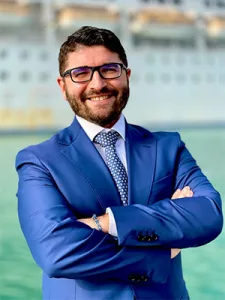
“The technological innovations that will be brought to the industry in the next five to 10 years will change it more than those we have seen in the last 100 years”
Pino Musolino, President, MEDports Association
Are there any plans or projects in the pipeline for the association?
PM: The main aim for this first period is to provide reasons for members to join the association. In other words, to motivate and create enthusiasm around our association. We are trying to do so by creating contacts and increasing our visibility which has gone through a period of lesser activity in recent years.
The second point is to expand the number of members. Beyond the north and south bank of the Mediterranean, we need to expand to the Near East shores and, wherever possible, to the Black Sea, which is a natural extension of the Mediterranean. The association, with its non-political, technical role, can be the ideal place to discuss, develop and formulate ideas that can significantly support the creation of valuable policies across the industry.
It is an ambitious path, but also a realistic one. I am positive that with the help and support of the association and its members, expansion will be achieved. On my side, I can guarantee my unconditional and unwavering commitment.
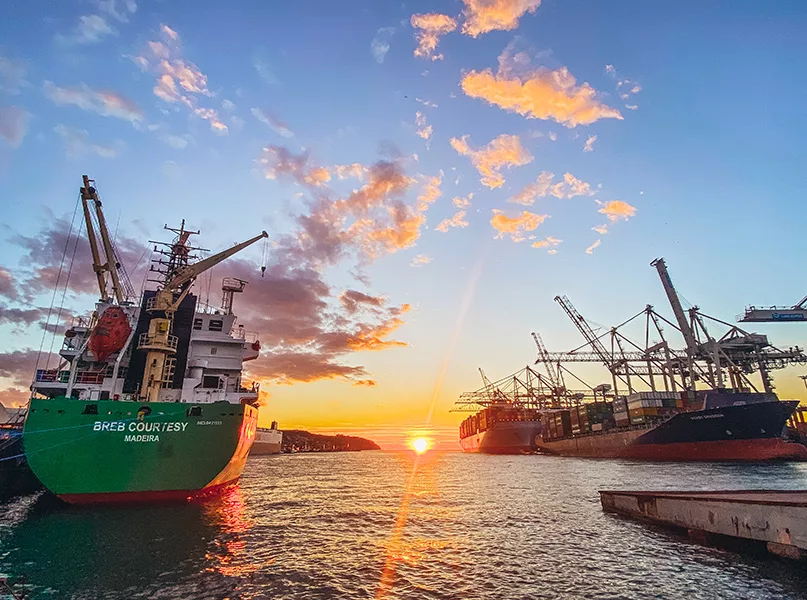
MEDPORTS ASSOCIATION PARTNERS

